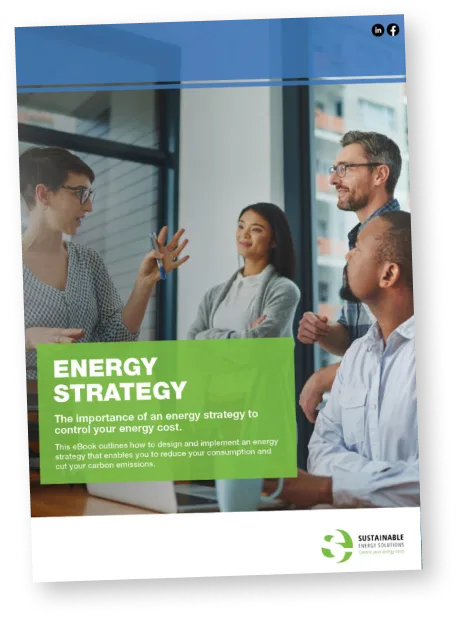Energy prices are high. Read our latest article by our Head of Sales, Gareth Ball on procuring energy in a volatile market.
Tracking a volatile energy market
The energy market is unpredictable.
Like any commodity, energy prices are constantly changing and subject to the basic rules of supply and demand.
In Australia, the situation is particularly complex due to factors such as the lack of consistent policy across the states, the disparate nature of our network, the ongoing shift towards renewables, and the move away from coal. There has also been a fair amount of political push and pull around the energy market and climate policy.
What is less unpredictable, though, is that despite fluctuations, energy prices in Australia increased substantially over the last 20 years. According to a 2018 Grattan Institute study, high electricity prices are a given.
Fast forward to 2020/2021 and things were looking brighter thanks to lower input fuel costs, increased generation from renewable energy, lower demand due to milder weather and relatively stable power stations with fewer outages than what we saw in 2019. Unfortunately, a return to volatile market conditions due to outages and early closures have dominated the first quarter of 2022 especially in NSW and Qld. Despite a December 2020 Australian Energy Market Commission (AEMC) report predicting wholesale costs will continue to fall in 2022 and 2023, award-winning research and ratings firm Fitch Ratings notes that energy prices are expected to “partially recover” in 2023.
In the past ten years, we’ve seen record highs and lows, and this volatility is a challenge to companies’ procurement strategies.
Factors which have contributed to price fluctuations in the past include:
- 2014 – Carbon Tax is repealed. Wholesale energy prices drop to unsustainably low-level approaching generation cost.
- 2016 – Port Augusta Power Station permanently closes.
- 2017 – Hazelwood Power Station closes. Wholesale energy prices in the NEM rise an average of 200-300% in 6 months.
- 2017 -2019 – High volatility continues over 4-year period. Spot pricing reaches the market cap of $14,000 MW/h over several high demand events during 2018 and 2019. Natural Gas Futures exceed $20GJ as gas peaking plants begin to play larger role in the NEM. Unplanned outages of generators & interconnectors plague 2019.
- 2020 – Domestic demand drops to 20 years low. World oil prices fall > Domestic gas pricing softens in tow.
- 2021 – Explosion at Callide Power Station in Qld causes widespread and sustained outages for half a million consumers. Floods in Latrobe Valley causes damage to Yallourn coal mine and power station. Victoria declares a state of energy emergency.
- 2022 – Record high coal prices. Oil prices at an 8 year high. The Russia/Ukraine conflict may see Australia redirect LNG exports to Europe. On the 1st April 2022, Liddell Power Station shut down the first of four turbines, the remaining units will continue to run until full closure in April 2023. And, Origin Energy is shutting Eraring Power Station, Australia’s largest coal-fired power plant, by 2025.
Suffice it to say, tracking the energy market and keeping one’s finger on the pulse of prices and the ever-changing landscape can easily turn into a full-time job, and it is for some people (including us here at SES).
A solid energy procurement strategy is informed by in-depth knowledge of the market’s past, its political context, and the ways energy providers work. Then, with a true understanding of these aspects ticked off, smart procurement is also about understanding the market’s potential future movements, changes, and upcoming disruptions.
When procuring energy in a volatile market, should companies keep it in-house or use a professional consultant?
The short answer is that every business can benefit from engaging a professional energy consultant, and the savings are just one major selling point. Consultants remove all the headaches involved in procurement and tendering, leaving a company’s key staff to get on with core business.
The long answer is that there are many factors involved and companies may wish to consider these before coming to a final decision.
>> Read our latest Customer Success Stories to see how using professional consultants can save your business.

